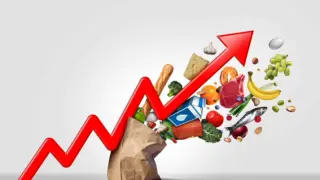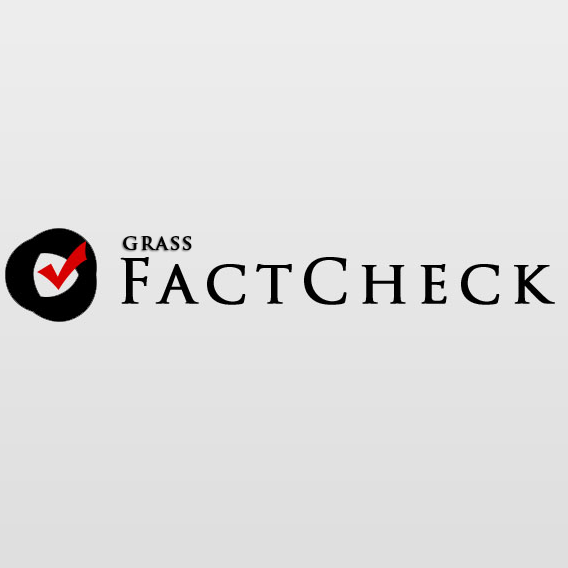Consumer prices rose by 3.1% in the first half of this year – hovering close to the 3% inflation target – but several details stand out. The inflation rate has been climbing month after month with food prices outpacing other products and hitting low-income households the hardest.
The target inflation rate is set at 3%. This threshold was breached four years in a row from 2019 to 2022 when consumer prices surged by a total of 35%. Whilst inflation then dropped to 2.5% in 2023 and 1.1% in 2024, it started rising again this year, reaching 2.6% in the first quarter and 3.6% in the second. Moreover, prices rose by 2% in January and 4% in June when analysed on a monthly basis.
The consumer basket covers 305 goods and services across 12 categories, each weighted differently.
The largest share is allocated to food and non-alcoholic beverages – a group of 92 items with a relative weight of 32.2% giving it the biggest influence on overall inflation. In comparison, alcoholic beverages and tobacco carry a weight of 6.4% whilst clothing and footwear account for just 3.8%.
Graph 1: Inflation as Compared to the Same Period Last Year
Source: National Statistics Office of Georgia
The distribution of weights within the consumer basket remains notional as individual spending varies widely depending on preferences and income. Whilst headline inflation in June constituted 4%, it may have felt closer to 3% for some households – for others, it could have come closer to 7% or even 10%.
Because food is a basic necessity, low-income households spend a much larger share – and often the largest share – of their limited income on it. As a result, the cost of living for low-income families rose faster than the average rate in the first half of the year.
Within the food group itself, bread, oil, coffee, fish, chocolate and sour cream all became more than 10% more expensive in June – outpacing the average increase for food and non-alcoholic beverages.
Table 1: Annual Inflation Rates for Selected Products, June 2025
Source: National Statistics Office of Georgia
The biggest price hikes amongst non-food products in June were movie tickets, hospital services and painkillers – up by 27%, 26% and 24%, respectively, as compared to the same period last year.
Food inflation has outpaced overall inflation in most years under the Georgian Dream’s governance from 2013 to today. Consumer prices rose by a total of 71% between January 2013 and June 2025 whilst prices for food and non-alcoholic beverages jumped by 109%. This gap has been especially evident since 2019 with the sole exception of 2024. Consumer prices have climbed by an average of 45% since 2019 but food prices have surged by 73%.
Graph 2: Annual Inflation
Source: National Statistics Office of Georgia
Put simply, the goods and services that cost GEL 1,000 today would have cost just GEL 585 in 2012. That same GEL 1,000 would have bought the same amount for just GEL 480 for food alone back then. Furthermore, starting from 2018,[1] today’s GEL 1,000 has the same purchasing power as GEL 690 in 2018 – or just GEL 580 when it comes to food and non-alcoholic beverages.
Graph 3: Change in Purchasing Power of GEL
Source: National Statistics Office of Georgia
When talking about inflation, there is one detail worth noting. Most goods come in multiple brands – whether it is oil, butter, or chocolate. For example, one brand of chocolate bar may have gone up by 13% in June as compared to the same time last year whilst another brand rose by 20%. Official statistics would reflect the 13% rise but the price hike feels like 20% for a customer purchasing the second brand. The same pattern holds true for oil, pasta, coffee and many everyday products. People’s real, personal inflation often runs higher than the headline rate because of the aforementioned.
Consumer prices still climb steadily over five or ten years even when inflation stays near the target and the impact is even sharper during periods of high inflation. This is why GDP growth, average wages or pensions over time must be adjusted for inflation – raw figures alone can be misleading. Georgia’s GDP per capita in current prices jumped by 232% from GEL 7,480 in 2012 to GEL 24,870 in 2024 whilst the increase in constant 2019 prices constituted just 88% – from GEL 9,700 to GEL 18,270.







